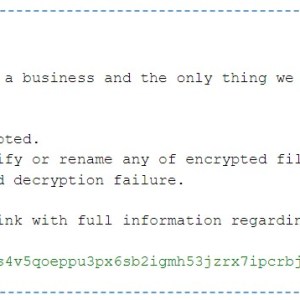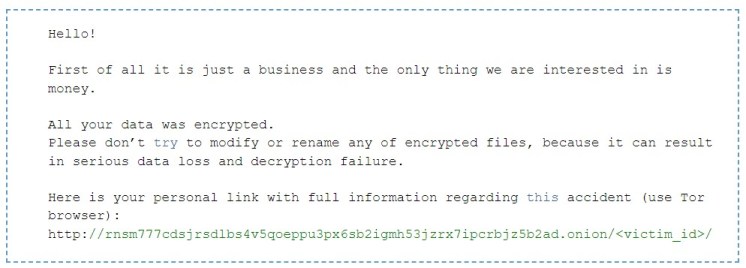Israel-Hamas War Spotlight: Shaking the Rust Off SysJoker
Key Findings
- Check Point Research is actively tracking the evolution of SysJoker, a previously publicly unattributed multi-platform backdoor, which we asses was utilized by a Hamas-affiliated APT to target Israel.
- Among the most prominent changes is the shift to Rust language, which indicates the malware code was entirely rewritten, while still maintaining similar functionalities. In addition, the threat actor moved to using OneDrive instead of Google Drive to store dynamic C2 (command and control server) URLs.
- Analysis of newly discovered variants of SysJoker revealed ties to previously undisclosed samples of Operation Electric Powder, a set of targeted attacks against Israeli organizations between 2016-2017 that were loosely linked to the threat actor known as Gaza Cybergang.
Introduction
Amid tensions in the ongoing Israel-Hamas war, Check Point Research has been conducting active threat hunting in an effort to discover, attribute, and mitigate relevant regional threats. Among those, some new variants of the SysJoker malware, including one coded in Rust, recently caught our attention. Our assessment is that these were used in targeted attacks by a Hamas-related threat actor.
SysJoker, initially discovered by Intezer in 2021, is a multi-platform backdoor with multiple variants for Windows, Linux and Mac. The same malware was also analyzed in another report a few months after the original publication. Since then, SysJoker Windows variants have evolved enough to stay under the radar.
As we investigated the newer variants of SysJoker that were utilized in targeted attacks in 2023, we also discovered a variant written in Rust, which suggests the malware code was completely rewritten. In addition, we also uncovered behavioral similarities with another campaign named Operation Electric Powder which targeted Israel in 2016-2017. This campaign was previously linked to Gaza Cybergang (aka Molerats), a threat actor operating in conjunction with Palestinian interests.
In this article, we drill down into the Rust version of SysJoker, as well as disclose additional information on other SysJoker Windows variants and their attribution.




